The clothing industry keeps evolving with numerous trends and fashion requirements, raising high up the bar. Designing and production of clothing items do leave behind byproducts that can lead to tons of wastage. At Crow, we generate clothing that is made from 100% organic cotton, known to cause little to no harm to the environment.
“Growing together means understanding and standing together- be it for a cause or for a smile”- Rightly said!
The fabric customarily utilized in the garments we wear get delivers through two cycles: the "turning measure," where crude cotton transforms into a string, and the "weaving measure," where the string is woven into the texture. Here, we will clarify each cycle in detail, utilizing a few delineations. The ready cotton is then designed and cut into pieces to give them the desired shapewear. The leftovers from the cut-out are considered as wastage. This waste material is dumped into the grounds or washed with chemical water.
With this process, there's always a question that arises: How much waste is produced by the textile industry? As there are no rightful figures accessible, we have no other option except to evaluate as a substitute. However, as a substitute is methodologically dangerous on the grounds that it involves estimate numbers, which can prompt significant contortions in figures. So hold on and be ready for a methodologically uneven ride. Be fundamental about what you read beneath and let us know where you can't help contradicting our examination.
Increased Threat to the Environment
It is striking that each dress thing influences and commits to the atmosphere. Anyway, a typical client doesn't realize which item is less or more viable than the other one. Anything that is produced, used or disposed of in a way that decreases the mischief contents it would some way or the other add motivation to the atmosphere which in turn will be considered as an eco-obliging thing. Continuously, purchasers in India are taking the lead in actuating creators to grasp clean developments to convey eco-obliging things.
The material business gets shared between typical fibers, for instance, wool, silk, cloth, cotton, hemp, and other human-made ones, the most broadly perceived of which is a made filament (polyamide and acrylic), delivered utilizing petrochemicals. Most of the articles of clothing in our wardrobes contain polyester, elastane, or Lycra. These humble and straightforward thought fibers are transforming into the material business' wonder plan.
Regardless, their creation makes defilement, and they are hard to reuse (with nylon taking 30 to 40 years to break down). The material and clothing industry is a different one, as much as in the unrefined materials and methodologies it uses.
At all of the six stages regularly expected to make a garment, the negative impacts on the atmosphere are as changed as they are unique.
Turning, weaving, and current creation harm air quality. Shading and printing eat up enormous proportions of water and engineered mixes. It conveys different flighty experts into the climate that is particularly hazardous to our prosperity.
Methods Adopted for Zero Waste World Wide

(Source: Statista)
It quite evident that we need to manage the waste caused by the fashion industry and need to take a step ahead to ensure we are doing our bit.
With this, let's consider the following four ways to reuse the leftover fabrics:
Scrunchy
The bits of the garments that are left behind from the fundamental piece cut-outs are isolated into equivalent groups and re-used as scrunchies.
Masks
As covers are a fundamental piece of our lives, until further notice, we utilize the additional material to fasten in veils. You can discover as of late planned outfits alongside covers of a similar texture as that of the dress. It assists well in controlling wastage and expands further creation.
Packaging
Packaging of any things is usually done by brightening it through the gathering poppers or enclosing it with a cling wrap. Rather than utilizing manufactured bundling materials, we make packs and improving patterns from the waste texture, and repurpose it.
Pillow stuffing
Usually, in modest communities, individuals make their own beddings and pads at home. This process requires old garments or patterns of textures as fillings. The little textures that can't be utilized are typically dispersed among our labourers or nearby individuals around the industrial facility so they can re-use this texture to stuffing their cushions.
These ways might help you to manage the old or non-usable fabrics to be reused and repurposed.
With effective ways and measures, Crow is upgrading itself every day to take steps that result in the conscious care of the environment.
As it’s rightly quoted by Wendell Berry- “The Earth is what we all have in common.”
Let’s take our responsibility to mindfully use its resources and give the conscious care it deserves.

